Intact After 3000 Years – King Tut Found
November 26, 1922: Archaeologists Enter Tomb of King Tut
On this day in 1922, in Egypt’s Valley of the Kings, British archaeologists Howard Carter and Lord Carnarvon become the first souls to enter King Tutankhamen’s tomb in more than 3,000 years. Tutankhamen’s sealed burial chambers were miraculously intact, and inside was a collection of several thousand priceless objects, including a gold coffin containing the mummy of the teenage king.
When Carter first arrived in Egypt, in 1891, most of the ancient Egyptian tombs had been discovered, and the majority of these had been hopelessly plundered by tomb raiders over the millennia. However, Carter was a brilliant excavator, and in the first years of the 20th century he discovered the tombs of Queen Hatshepsut and King Thutmose IV.
Around 1907, he became associated with the Earl of Carnarvon, a collector of antiquities who commissioned Carter to supervise excavations in the Valley of the Kings. By 1913, most experts felt there was nothing in the Valley left to be uncovered. Carter, however, persisted in his efforts, convinced that the tomb of the little-known King Tutankhamen might still be found.
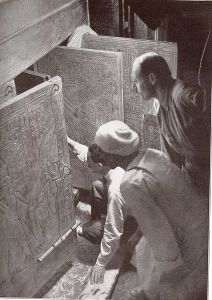
Howard Carter (kneeling), an Egyptian workman, and Arthur Callender at doors of burial shrines in Pharao Tutankhamen’s tomb (re-enactment)
After World War I, Carter began an intensive search for Tutankhamen’s tomb and on November 4, 1922, discovered a step leading to its entrance. Lord Carnarvon rushed to Egypt, and on November 23 they broke through a mud-brick door, revealing the passageway that led to Tutankhamen’s tomb.
There was evidence that robbers had entered the structure at some point, and the archaeologists feared they had discovered yet another pillaged tomb. However, on November 26 they broke through another door, and Carter leaned in with a candle to take a look. Behind him, Lord Carnarvon asked, “Can you see anything?” Carter replied, “Yes, wonderful things.”
It was the antechamber of Tutankhamen’s tomb, and it was gloriously untouched. The dusty floor still showed the footprints of the tomb builders who left the room more than 3,000 years before. Apparently, the robbers who had broken into Tutankhamen’s tomb had done so soon after it was completed and were caught before moving into the interior chambers and causing serious damage.
Thus began a monumental excavation process in which Carter carefully explored the four-room tomb over several years, uncovering an incredible collection of several thousand objects. In addition to numerous pieces of jewelry and gold, there was statuary, furniture, clothes, a chariot, weapons, and numerous other objects that shed a brilliant light on the culture and history of ancient Egypt.
The most splendid find was a stone sarcophagus containing three coffins nested within each other. Inside the final coffin, made out of solid gold, was the mummified body of the boy-king Tutankhamen, preserved for 3,200 years. Most of these treasures are now housed in the Cairo Museum.
King Tutankhamen was enthroned in 1333 B.C. when he was still a child. He died a decade later at the age of 18 and thus made only a faint impression on the history of ancient Egypt. In the 13th century B.C., Tutankhamen and the other “Amarna” kings were publicly condemned, and most records of them were destroyed–including the location of Tutankhamen’s tomb. A century later, in the 12th century B.C., workers building a tomb for Ramses VI inadvertently cover ed Tutankhamen’s tomb with a deep layer of chips, further protecting it from future discovery.
ed Tutankhamen’s tomb with a deep layer of chips, further protecting it from future discovery.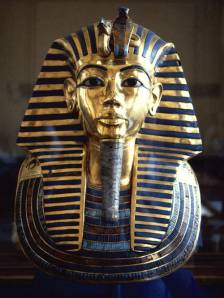

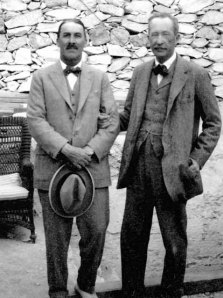
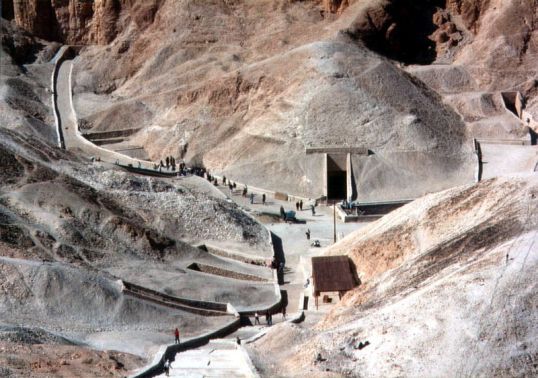
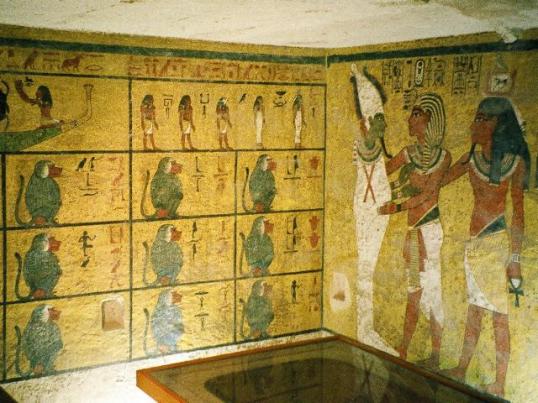
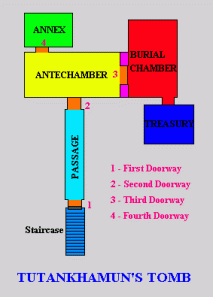
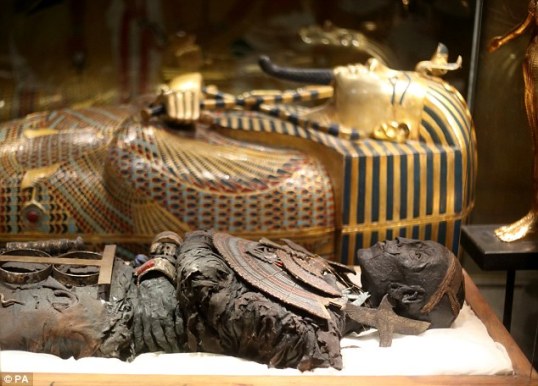
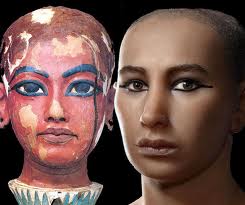
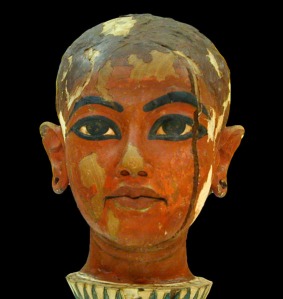
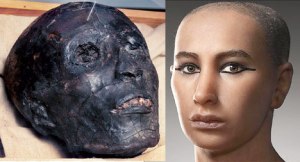
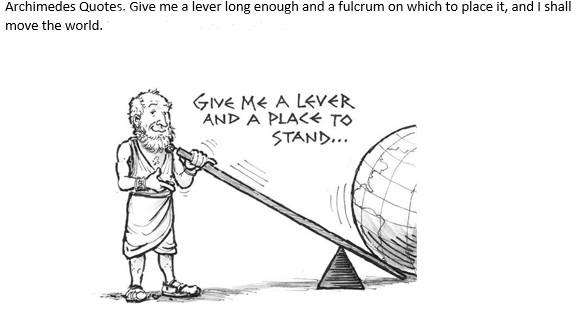
Sincerely Yours,I read your blogs named “Intact After 3000 Years | This Day in Tech History” on a regular basis. Your story-telling style is spectacular, keep doing what you`re doing! And you can see our website about 李宗瑞.
褒めいただきありがとうございます
Hope that sounds right 🙂